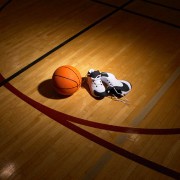 Photo: Getty Images
Photo: Getty Images
My brothers were all jocks. You know the kind I’m talking about – star athletes who excelled in every sport. Always a “starter,” they were often fair game for the opposition who sometimes worked overtime to take them out of the game equation. Football games were particularly difficult for my mother. Every time one of them went down, she’d freeze - whispering silent (or sometimes not so silent) prayers under her breath until they got up and limped off the field. The dangers of the game were fully known and every reasonable precaution was taken to protect the athletes from injury, but as we all know, sometimes the unexpected happens. While you can take precautions to protect against known dangers and try to prevent injury, there is one unseen danger that is more difficult to protect against – sudden cardiac death.
It’s almost unthinkable to believe that a seemingly healthy young person at the peak of their physical abilities could drop dead of a heart attack. And yet, that exact scenario is played out time and time again. On March 3, 2011, 16-year-old Wes Leonard from Michigan died of sudden cardiac arrest after scoring a winning basket during a basketball game. A week later, Texas junior Robert Garza died during a basketball tournament in Austin. The cause of death for Garza has not yet been determined but sudden cardiac death is suspected.
Sudden cardiac arrest occurs when the heart, for some reason, simply stops beating. Just like when the lights go out as you turn the switch to the off position, the heart stops beating when the electrical flow that tells it to beat is interrupted. Unlike a heart attack, there’s no warning. The victim will simply collapse and be immediately unresponsive.
In cases of sudden cardiac arrest, it’s imperative that victims receive immediate cardiopulmonary resuscitation (CPR). Even for adults, the survival rate for sudden cardiac arrest is very poor. For student athletes, the survival rate is abysmal. It’s estimated that 10 percent (only one out of every 10) of student athletes who suffer sudden cardiac arrest survives. This is particularly disturbing given the fact that sudden cardiac arrest is the leading cause of death in student athletes.
To improve survivability, victims of sudden cardiac arrest need immediate medical intervention. Dr. Kimberly G. Harmon, M.D., of the University of Washington Department of Orthopedics and Sports Medicine indicated that victims should receive CPR or defibrillation by an automatic defibrillator (AED) within 3-5 minutes. AEDs are devices that send an electrical shock to the heart causing it to restart and function normally. Without such immediate intervention, it’s likely that the victim will not survive.
In the real world, this means that AEDs need to be available on the practice field, in the gym, and anywhere that students may practice. It also means that the coaches, volunteers, and even students need to be trained on how and when to use such devices. Why? Because the unexpected does happen and sudden cardiac arrest doesn’t occur at convenient times such as during the day when the school nurse is nearby to take charge of such an emergency and perform CPR or administer electrical shocks with an AED. It can occur anytime and coaching staffs should not only have access to an AED and be trained on its use, but also have plans to deal with such an emergency whether the nurse is available or not.
So, what can you do as a parent to help protect your child at school? Here are some tips to help improve survivability for your student athlete in the event the unthinkable happens:
1. Cardiac emergency plans.
First and foremost, every athletic program should have an emergency plan specifically designed to deal with a sudden cardiac emergency. Talk to your athletic director or coach and find out if they have a plan to deal with sudden cardiac arrest. If not, volunteer to help develop a plan. The Hypertrophic Cardiomyopathy Association (HCA) has free resources available including sample cardiac emergency plans. They also have a free “Dr. Heart” play available to use as a resource to “drill” the plan. The goal is to save lives. Check out HCA’s free resources at: (http://www.4hcm.org/hcm/scainathletes/drilldrheart/374665.html)
2. AEDs. According to the American Heart Association, the average cost of an AED ranges from $1,500 - $2,000. Many schools simply do not have the funds in the budget for an AED device. For those that do, such devices are often in the nurse’s office which is generally locked up after hours. Find out if your school has an AED device and if that device is available and easily accessible to the athletic department both during and after school hours. If your school doesn’t have one, or if one is not available to the athletic department, help them to obtain one. The local parent-teacher organizations, athletic booster clubs, and business sponsors are all great places to approach when seeking assistance for special needs of the athletic program.
3. Training. Training is often overlooked as a part of the emergency response plan. It doesn’t help to have an AED if no one knows how to use it. Once equipment is obtained, work with your school to ensure that the staff and student body have the training that they need to recognize when and how the equipment should be used.
4. Screening. Talk with your personal physician to determine if your child should receive an EKG before participating in sports. Harmon reported that EKGs reveal most cardiac problems that might result in sudden cardiac arrest. (Italian and Olympic athletes are required to have an EKG before participating in sports. An 89 percent reduction in sudden cardiac death has been observed as a result of the EKG screening.)
For more information on sudden cardiac death in student athletes, visit Hypertropic Cardiomyopathy: https://www.empowher.com/cardiomyopathy/content/hypertrophic-cardiomyopathy-cause-sudden-heart-attack-young-athletes
Sources:
Steven Reinberg, Few Student-Athletes Survive Sudden Cardiac Arrest, Health Day, 28 Jun 2010, http://abcnews.go.com/Health/Healthday/story?id=5265442&page=1
Sudden Cardiac Arrest, The Mayo Clinic, 12 Nov 2010, http://www.mayoclinic.com/health/sudden-cardiac-arrest/DS00764
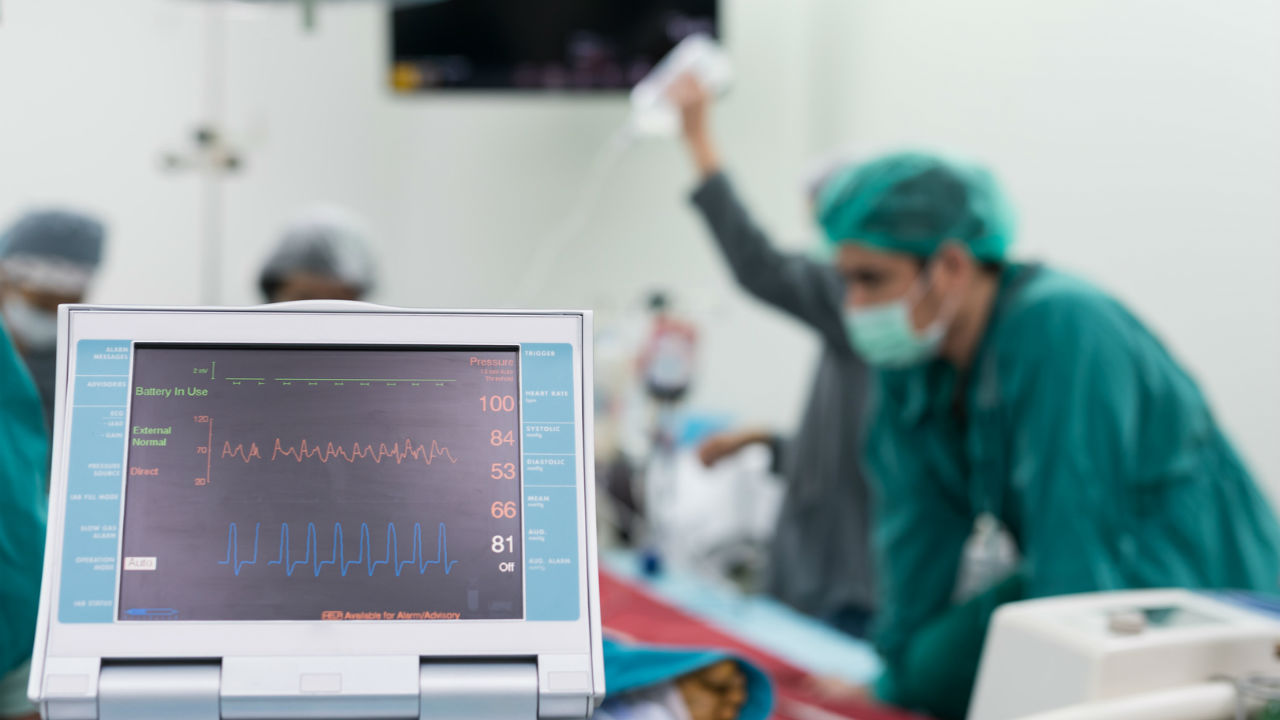
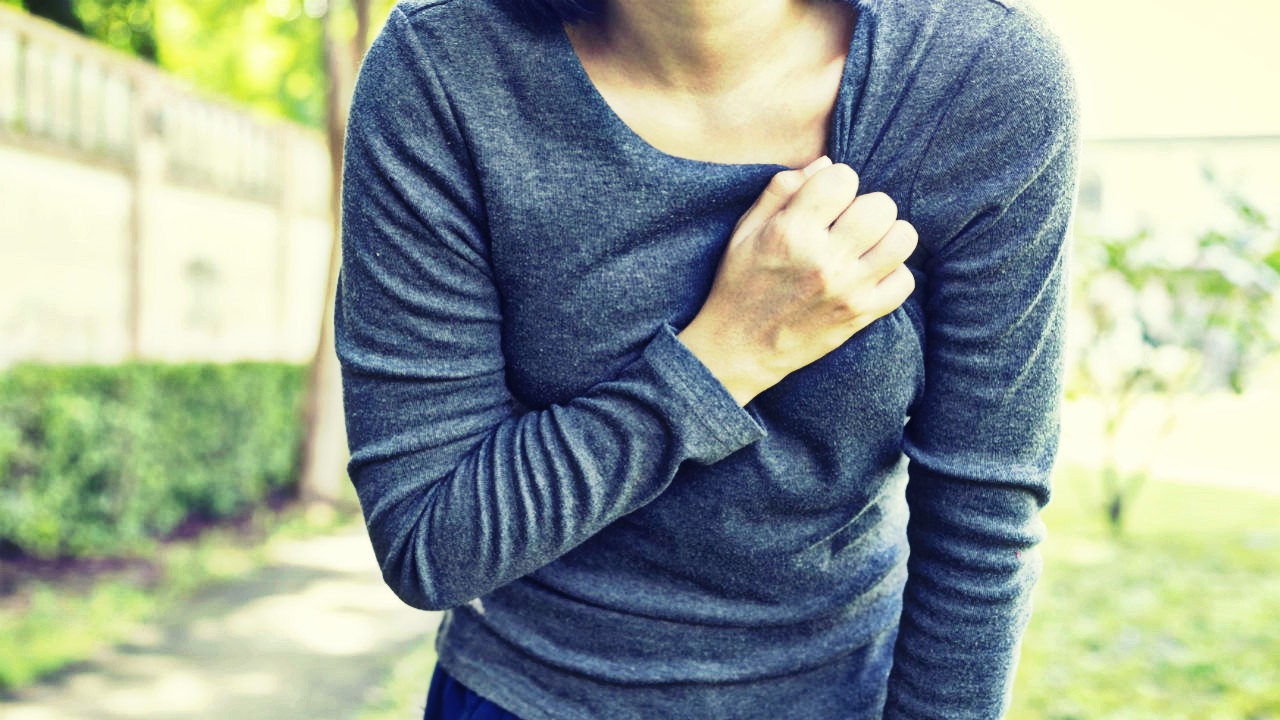
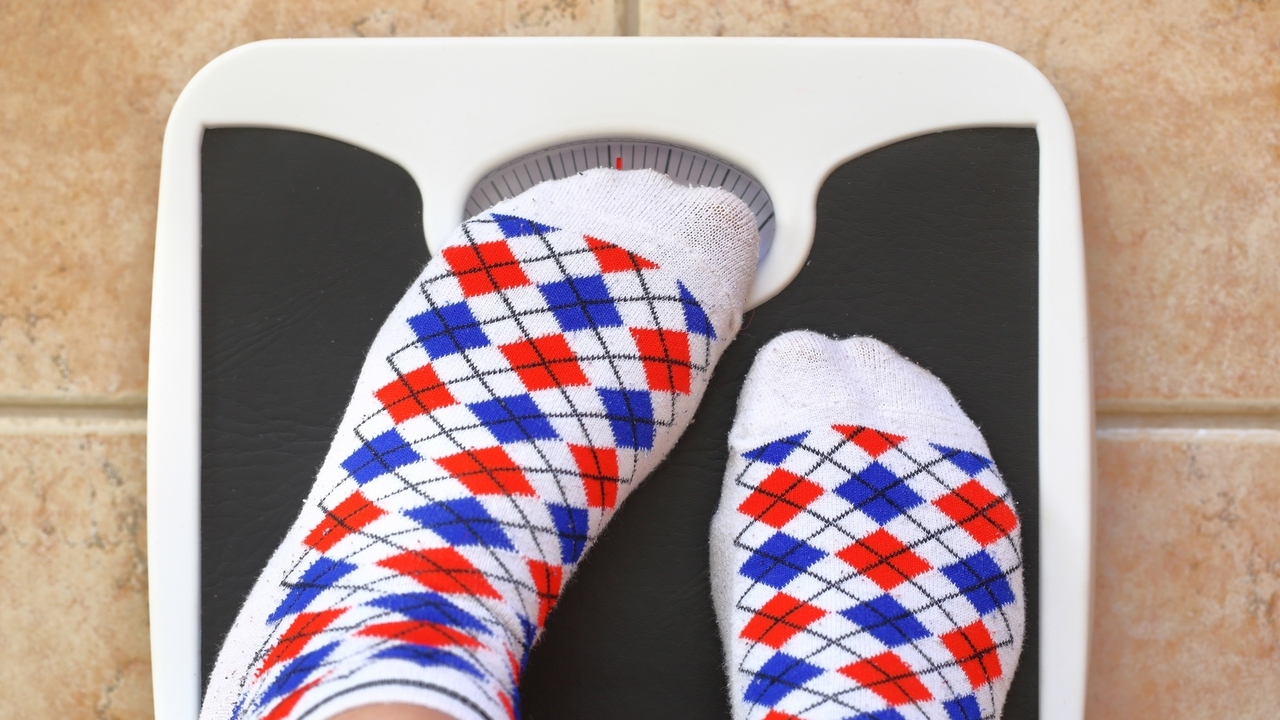
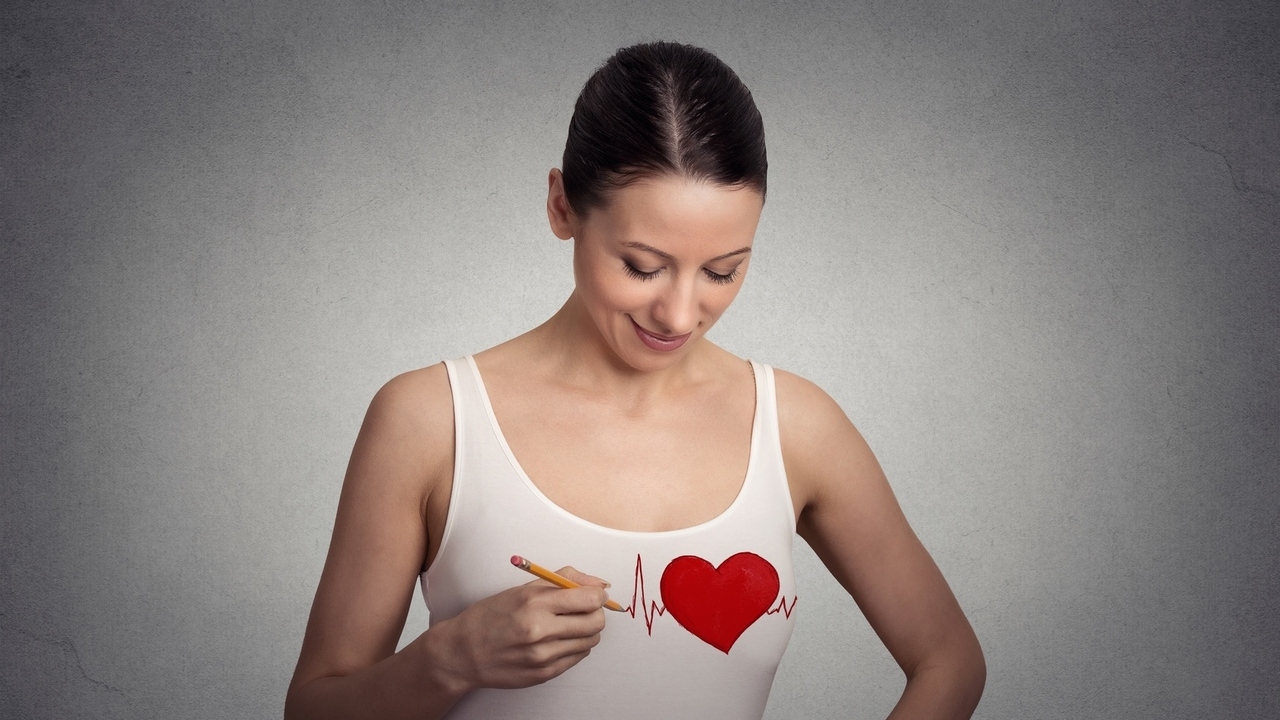


Add a CommentComments
There are no comments yet. Be the first one and get the conversation started!